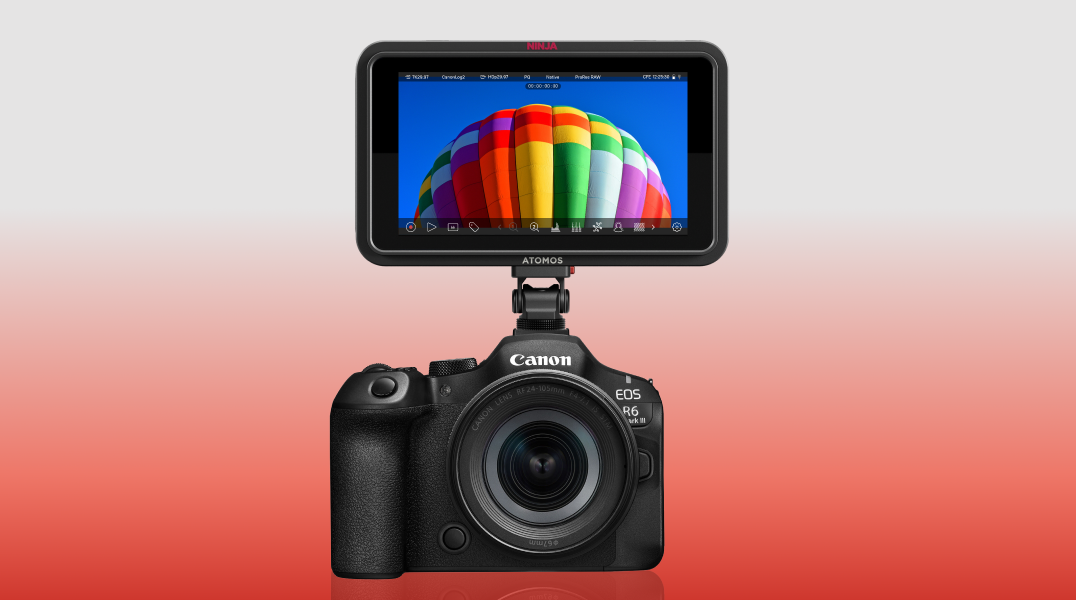House passes DTV delay; Obama expected to sign bill into law
By a vote of 264 to 158, the U.S. House of Representatives voted Wednesday to delay the DTV transition deadline till June 12.
The House action effectively ends the efforts by those, mostly Republicans, to maintain the original Feb. 17 DTV transition deadline. The Senate has already unanimously approved the delay, and President Barack Obama, who requested the delay in the weeks leading up to his inauguration, is expected to sign the bill into law.
Pressure from multiple sources mounted in the weeks preceding the vote. Concern from Consumers Union about the preparedness of the nation’s over-the-air TV viewers, figures of the Nielsen Company showing more than 6.5 million remained unprepared as of January, and questions raised by multiple FCC commissioners about the agency’s ability to handle the crush of consumer inquiries post Feb. 17 all added weight to the arguments of those backing a delay.
Perhaps the single biggest issue, however, was word from the Commerce Department’s National Telecommunications and Information Administration (NTIA) in January that it had reached the Congressionally mandated threshold of $1.34 billion allocated for DTV converter box coupons. As a result, the agency began putting the names of those requesting coupons on a waiting list. Millions of consumers are on the waiting list.
Opponents of the delay, including Rep. Joe Barton, ranking member of the House Committee on Energy and Commerce, downplayed the problem, saying that the appropriate fix hinged on approval of new accounting procedures for the program, not a delay of the transition.
Once signed into law, the delay does not mandate broadcasters to postpone their transition till June 12, but rather gives them the flexibility to choose, which raises some serious business and engineering questions, David Donovan, president of the Association for Maximum Service Television. “Stations have to look at the operational costs of staying on in analog for another 128 days and weigh those costs against whether they will lose a significant amount of their audiences if they transition on Feb. 17,” he said.
According to Donovan, the engineering issues are particularly relevant for stations moving back their original analog channel assignments for digital service. “Some may (continue analog operation), some may not,” he said. “It boils down to engineering. Where is the antenna? What’s its pattern? Will it cause interference to adjacent markets?” he asked. Broadcasters weighing whether or not to maintain analog operation till June 12 must carefully examine these questions because a lot of the digital television transition hinges on the assumption that there will be no remaining full power analog stations on the air, he said.
The professional video industry's #1 source for news, trends and product and tech information. Sign up below.
Currently, 1089 of the roughly 1800 full power television stations in the United States, about 61 percent, operate on their final DTV channel assignment, and thus will not face these questions, he added.
“We have said broadcasters are ready, willing and able to make the transition on whatever date Congress deems appropriate,” said Donovan. “We look forward to working with the FCC to help ensure a seamless transition for the American consumer.”
